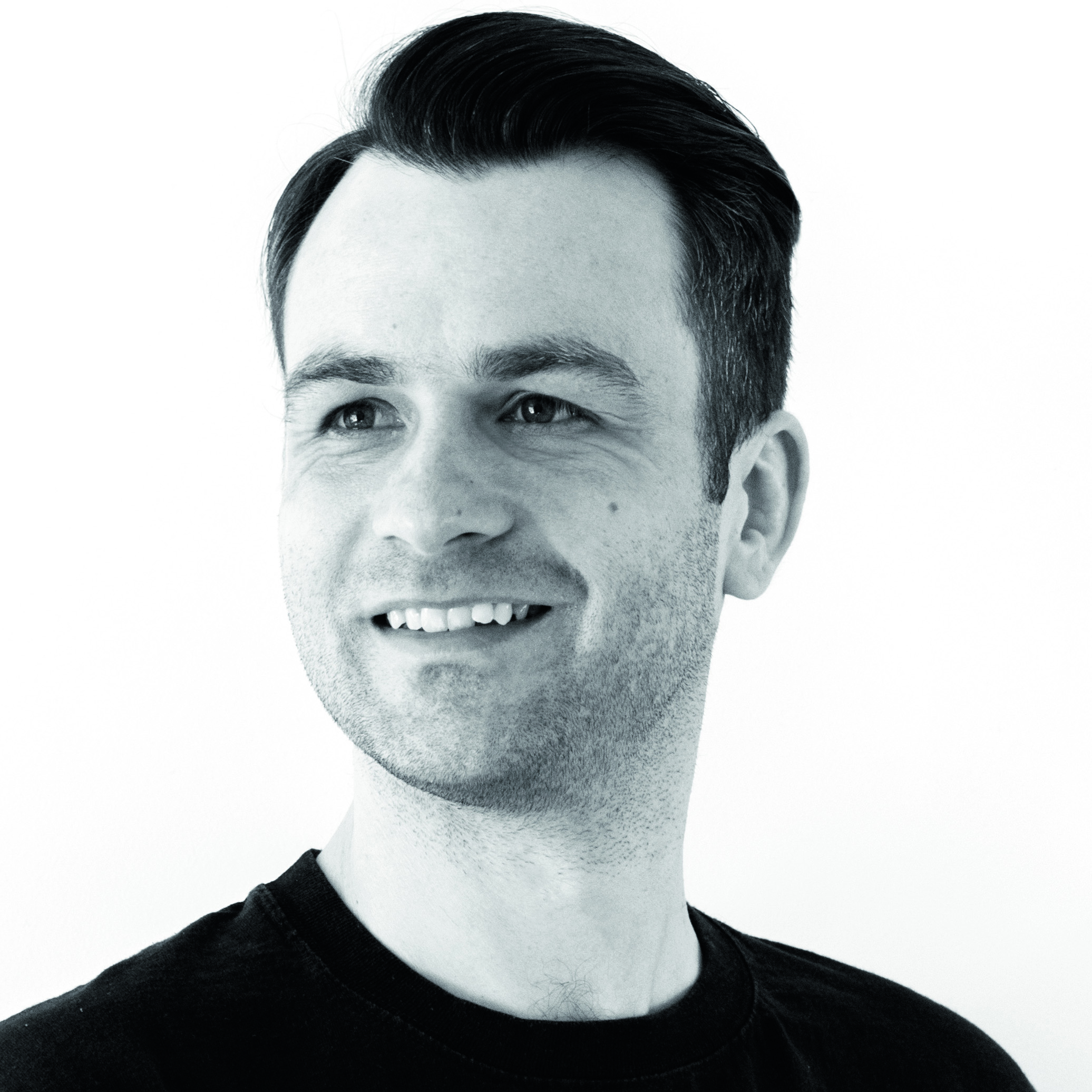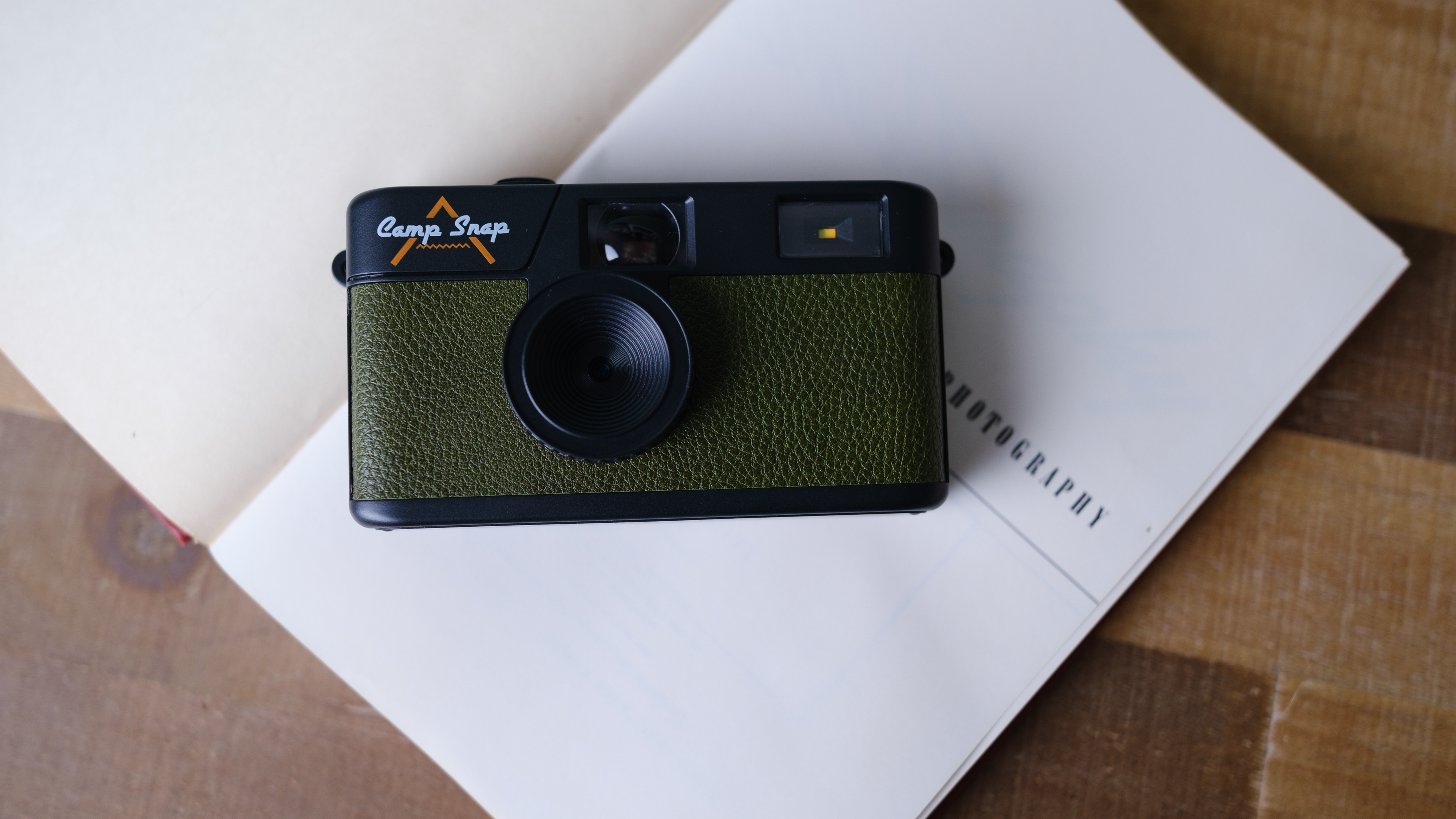How I reached 10,000 Instagram followers
Photographer James Abbott explains how he amassed his sizeable Instagram following

After years of using Instagram, I recently reached the milestone of 10,000 followers.
It’s been quite a journey, with quite a few ups and downs, and you may be surprised to hear that the most interesting thing I’ve learned is that there are more important things on Instagram than a large following.
When I first started using Instagram about four or five years ago, I was simply shooting with my phone and uploading several images a day. It pretty much became an obsession where I’d be constantly looking for shots, and in the first couple of months my account quickly went from zero to over 600 followers.
This was in part due to starting to use hashtags to help other users find my images, and the discovery of hub accounts that shared some of my images to their large audiences.
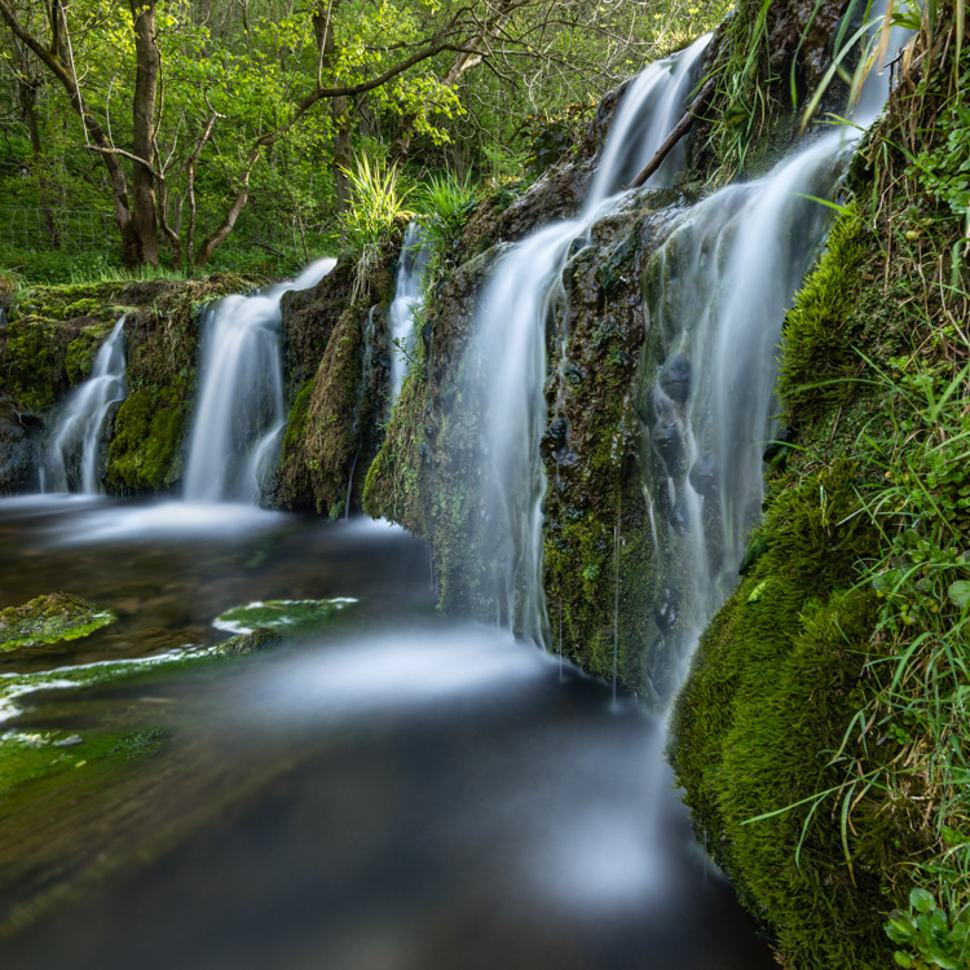
The problem was that shooting this way quickly led to me feeling burned out because I was posting images for Instagram and not for myself. I inevitably began using Instagram less, while at the same time I started posting a mixture of phone shots, behind-the-scenes images, final images and family snapshots.
My account was all over the place and stagnated in terms of followers, but I just continued on this way for the next couple of years, not really thinking about, or worrying why, my account was growing so slowly.
Finding your voice
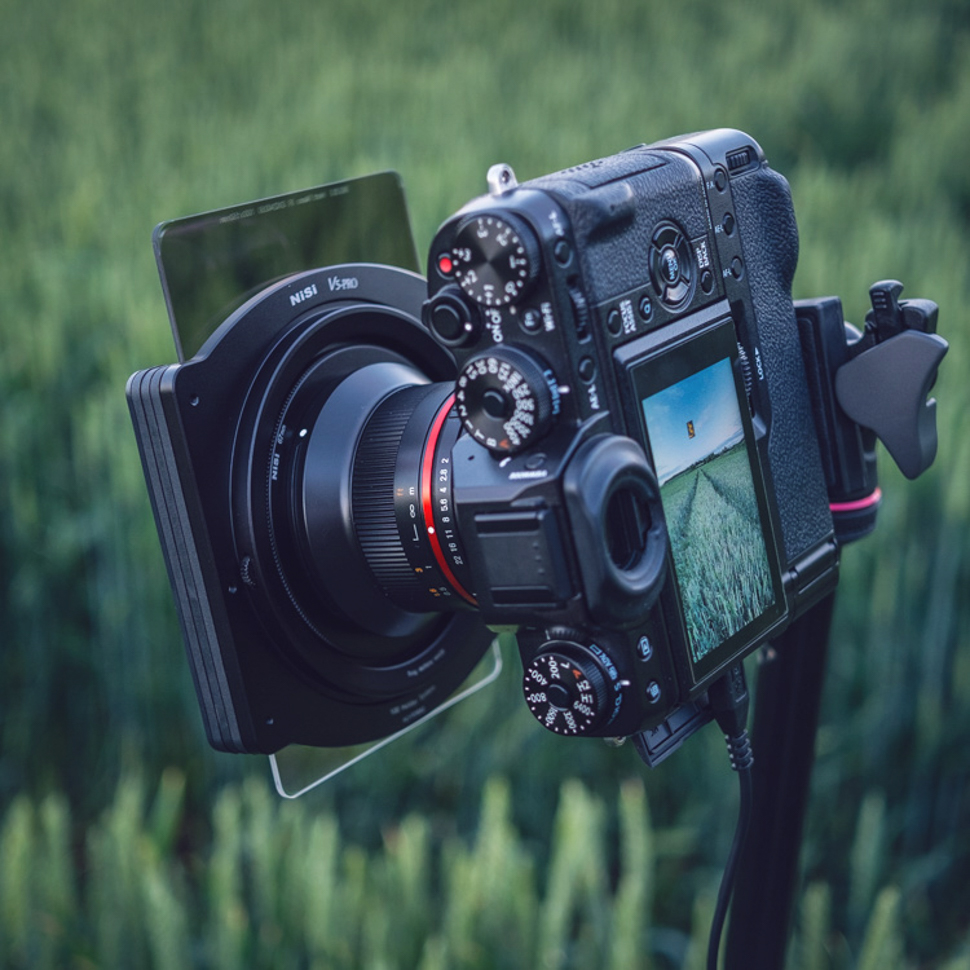
About 18 months ago I decided that I wanted to take Instagram more seriously, and see if I could use it as more of a marketing tool and a way to meet other photographers. I had a few thousand followers at this point so I didn’t want to start all over again with a new account, but I wanted a fresh start.
Get the Digital Camera World Newsletter
The best camera deals, reviews, product advice, and unmissable photography news, direct to your inbox!
The solution entailed manually going through my account deleting the vast majority of images. With no way to do this automatically it took a long time, but by the end of it my account was almost empty of images and more consistent in that it showed a mixture of just landscapes, portraits and also a few behind-the-scenes shots. More recently, I've even stopped posting portraits.
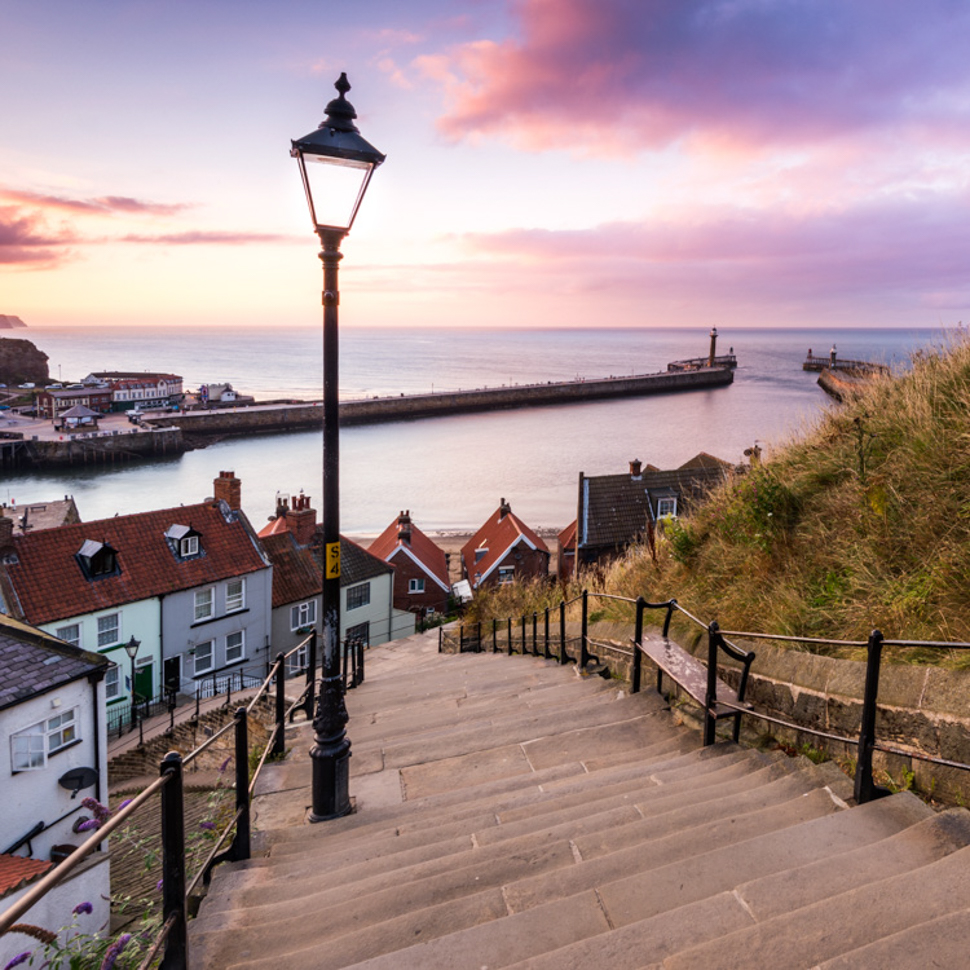
It’s often said that it’s best to focus on one type of photography, and where possible, to keep the look and feel of your images consistent – basically having a style. And it’s definitely true.
Since only posting my landscape work and the odd behind-the-scenes image, I’ve seen my audience grow much faster than ever before. I now stick rigidly to these types of images and often even delete shots that I posted a few days, weeks or months before if I decide they don’t fit with other images.
What people respond to
Knowing what people respond to is the holy grail, and beyond keeping your work consistent the definitive answer remains frustratingly elusive. Unfortunately, there’s no magic pill so it’s best to focus on posting what makes you happy, and use the following tips to help increase engagement:
What to post
Work out what you want to show and stick to one genre of photography such as portraits, landscapes or cityscapes. It’s said that you should only show your best work, but with something as subjective as photography that’s a tough one. Just make sure what you post is good, and don’t worry too much – you can’t please everyone.
When to post
Knowing the best time to post comes down to experimentation because everyone’s audience is slightly different. Try posting at different times of the day and when you discover which times provide the most engagement stick to these. Your audience will also learn your posting habits, which increases the chance of receiving likes and comments.
How frequently to post
The best way to keep people interested in what you’re doing is to post frequently, ideally once a day and no more. This is difficult for most people so aim for consistency in your posting schedule. For instance, post every three days or pick one, two or three days of the week to upload images and use this in conjunction with the best time of day to post.
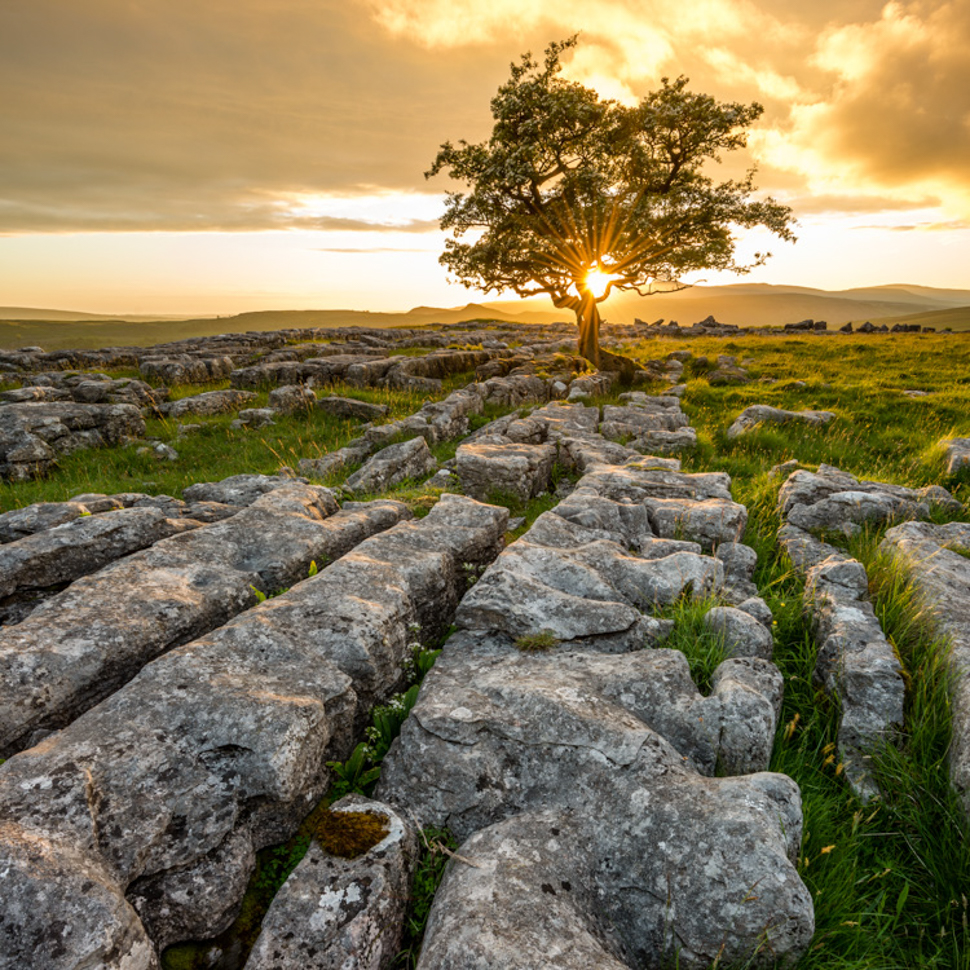
Community
Engaging with your audience and the people you follow is essential for being part of a community and increasing engagement. We all like receiving comments about our work, so comment on the work of photographers you like and admire. And whenever people comment on your posts respond to them, or at the very least like their comment.
Using stories
Stories are a feature where you can share still images or videos that remain live for 24 hours and then disappear. This is a great tool for sharing things you don’t want to post in your main gallery, notifying followers of new posts and thanking hubs and other accounts for sharing your images etc. And the great thing here is that posting multiple stories in a day is the norm.
Maximising exposure
There are a number of ways you can increase the exposure potential of your images.
A good starting point is to apply the hashtags specified by hubs, which are accounts with large followings that share other people’s images. Adding their tags means these and other hubs may see your images and decide to share them to their audience with a link to your account.
An account with tens or hundreds of thousands of followers sharing your shots is the best way to reach a wider audience and ultimately grow your own following. You can use 30 hashtags per image, so make sure you use them.
My images have been shared by some large accounts including The Met Office, Ordinance Survey, The Telegraph and many others that share specific genres of photography. I’ve also been followed by some of these so everything I post shows in their home feed and increases the chance of my images being liked or shared by them.
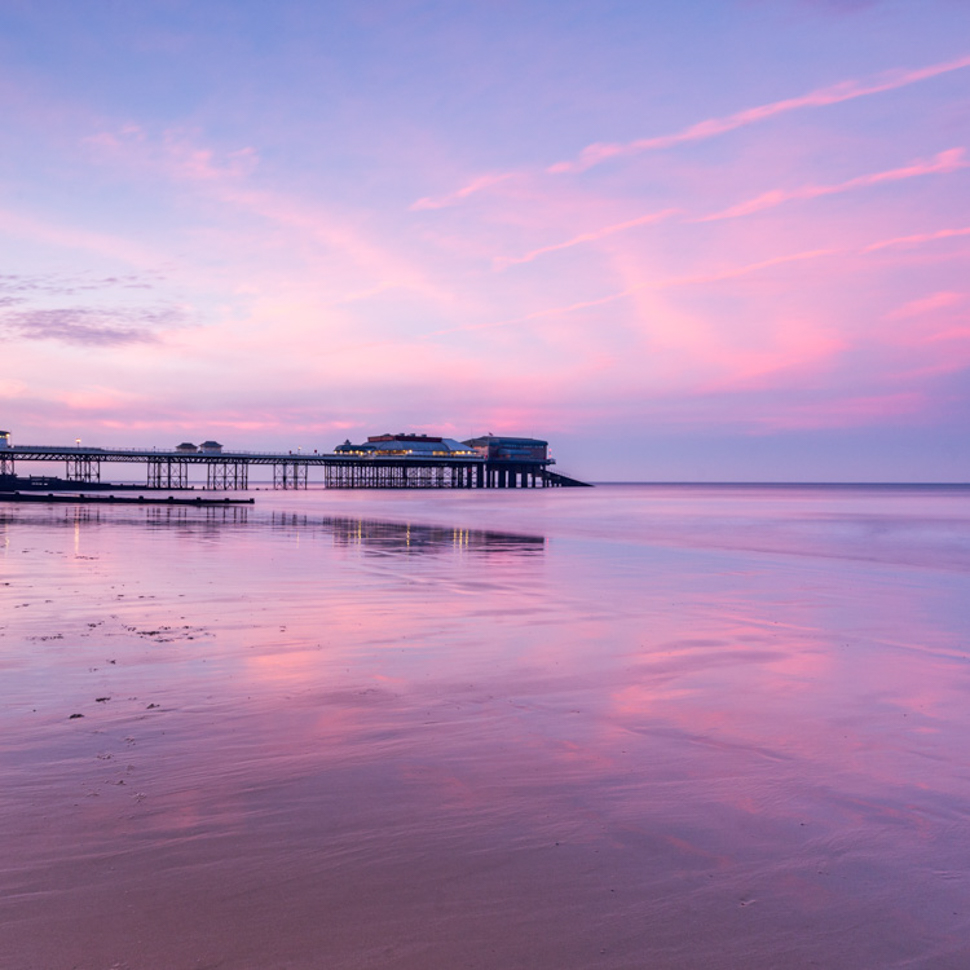
When a large account, or any account for that matter, likes or comments on an image, this can be seen by their followers – and is partly why engagement is so important.
Finally, take advantage of adding locations and tagging other accounts in your images. This can be done while writing the caption and adding hashtags.
Adding the location means your image will show up when people search for that place, and tagging other accounts alerts them that you’ve tagged them. This might be a hub account, manufacturer or brand that’s associated in some way to your image.
Dirty tricks to avoid
Unfortunately, there’s no getting away from dirty tricks and I've seen various tactics used by both small and large accounts use to grow their following further.
The first trick I came across is follow/unfollow. This is where people follow other accounts in the hope that they’ll receive a follow back because some people will follow anyone who follows them. Once the follow back is received or not, a few days or weeks later, the individual then unfollows that account.
This, as far as I’m aware, isn’t against Instagram’s Terms of Use, but one thing that definitely will get your account deleted if you get caught is the use of bots. Automation software, or bots, do things like follow and unfollow for you, and comment on and like posts based on hashtags and accounts you define. There are many downsides to bots but some, probably many, people use still them.
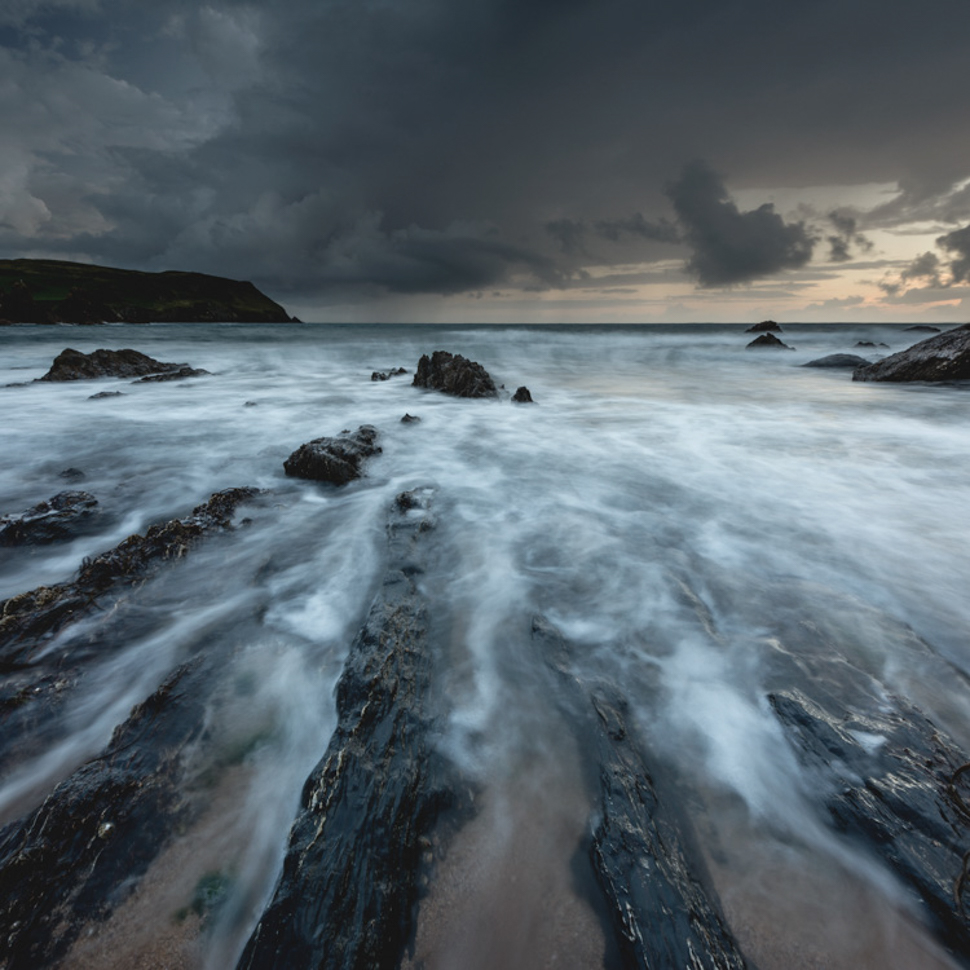
Finally, there is the option to buy followers but this is probably the most pointless of all the dirty tricks people use: these accounts don’t engage, they’re obvious to other users if they view your follower list, you have to pay for them and Instagram periodically deletes these accounts so you ultimately end up paying for nothing.
Final thoughts
So, what it all comes down to is engagement: commenting, responding to comments, using hashtags, posting stories and remaining consistent in style and posting schedule. It’s better to have an account with say 5000 followers, 1500 likes per post and comments, as opposed to 15,000 follows with 400 likes per post and no comments.
Post images for yourself and not what you think other people will like. Maintain your own style and aesthetic, and don’t get sucked into the Instagram vacuum where you copy other images and styles – the more you use Instagram the more repetitious you’ll find it can be.
The most important thing is that you make Instagram work for you, and not the other way around. And don’t forget to make it easy for people to follow you by having links on your website and potentially even a live Instagram feed. So, with that in mind, you can find me at www.instagram.com/jamesaphoto
Read more:
James Abbott is a landscape and portrait photographer based in Cambridge. He’s also an experienced photography journalist specializing in camera skills and Photoshop techniques. He is also a CAA-approved drone pilot and professional aerial photographer.
